Introduction to Healthy Dinner Plates
Tips for Healthy Dinner Plates: How to Build Nutritious and Satisfying Meals
Dinner is more than just a meal—it’s an opportunity to nourish your body and set yourself up for success. Whether you’re looking to boost your energy, support your fitness goals, or simply feel better after eating, the choices you make at dinnertime matter. That’s why following tips for healthy dinner plates can make all the difference!
In this guide, we’ll walk you through five practical strategies to create well-balanced meals that are both delicious and energizing. From balancing macronutrients to adding colorful veggies, these tips are perfect for health-conscious individuals, fitness enthusiasts, weight management seekers, vegetarians, vegans, and anyone looking to eat smarter. Let’s dive in and discover how small changes can lead to big results!
Table of Contents
Why Dinner Matters for Your Energy Levels
Ever noticed how some nights you go to bed feeling sluggish while other times you wake up refreshed and ready to conquer the day? A lot of that has to do with what you ate for dinner. Dinner plays a crucial role in refueling your body after a long day and preparing it for restorative sleep. But here’s the catch: unhealthy dinners filled with processed foods or excessive sugars can leave you feeling bloated, tired, or even disrupt your sleep cycle.
On the flip side, incorporating [tips for healthy dinner plates] ensures your body gets the nutrients it needs without overloading on empty calories. Think about it—your dinner should be a source of vitality, not exhaustion. By making mindful choices, you can enjoy meals that stabilize blood sugar levels, promote muscle recovery (especially important for athletes), and give you sustained energy throughout the night and into the next morning.
So, let’s talk about some common mistakes people make when planning their dinners—and how focusing on [tips for healthy dinner plates] can help you avoid them altogether.
Tip 1: Prioritize Balanced Macronutrients
When it comes to creating a healthy dinner plate, balance is key. Macronutrients—proteins, carbohydrates, and fats—are the building blocks of any nutritious meal. Each one serves a unique purpose, and getting the right mix ensures your body functions optimally.
- Protein : This powerhouse nutrient helps repair tissues, build muscle, and keep you feeling full longer. Great sources include grilled chicken, tofu, lentils, eggs, and Greek yogurt.
- Carbohydrates : Often misunderstood, carbs are your body’s primary energy source. Opt for complex carbs like sweet potatoes, quinoa, brown rice, or whole-grain pasta instead of refined options like white bread or sugary snacks.
- Fats : Healthy fats are essential for brain function and hormone production. Avocados, nuts, seeds, olive oil, and fatty fish like salmon are excellent choices.
By prioritizing balanced macronutrients, you’re following one of the most important [tips for healthy dinner plates]. For example, imagine a plate with grilled salmon (protein), roasted broccoli (veggies), and quinoa (carbs). Not only does this combination look delicious, but it also provides everything your body needs to thrive.
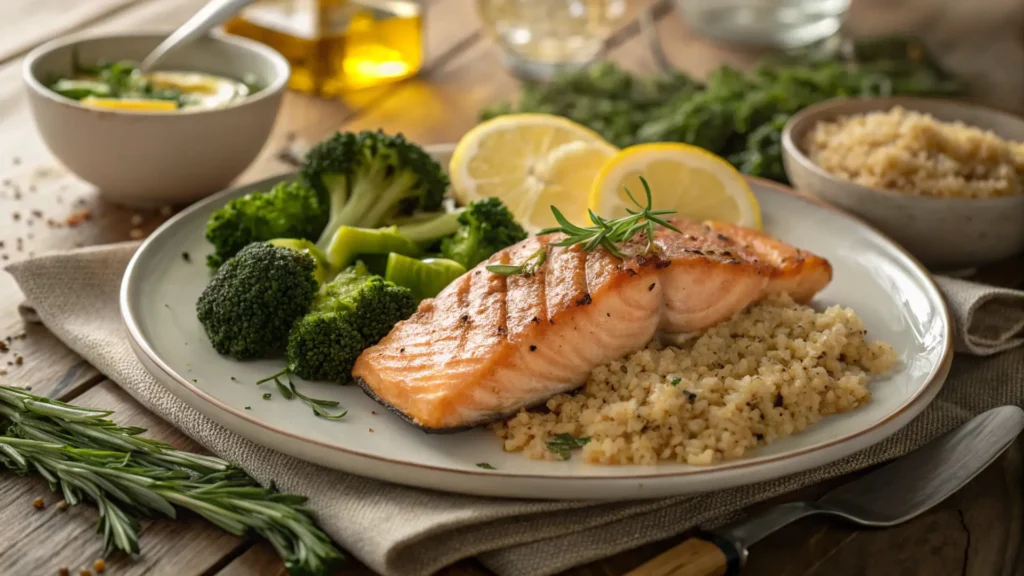
Tip 2: Add More Color with Vegetables
If there’s one thing every nutritionist agrees on, it’s the importance of vegetables. Adding more color to your dinner plate isn’t just visually appealing—it’s incredibly beneficial for your health. Different colored vegetables contain various vitamins, minerals, and antioxidants that work together to fight inflammation, boost immunity, and improve digestion.
Here’s how you can incorporate this tip into your routine:
- Leafy Greens : Spinach, kale, and arugula are rich in iron and fiber. Toss them into salads or sauté them as a side dish.
- Orange & Yellow Veggies : Carrots, bell peppers, and squash provide vitamin C and beta-carotene, which support skin health and vision. Roast them for added flavor.
- Red & Purple Produce : Beets, tomatoes, and eggplant are packed with antioxidants that protect against cell damage. Use them in soups, stews, or stir-fries.
Remember, variety is the spice of life—and a cornerstone of [tips for healthy dinner plates]. The more colors you add, the more nutrients you consume. Plus, who doesn’t love a rainbow-colored plate?
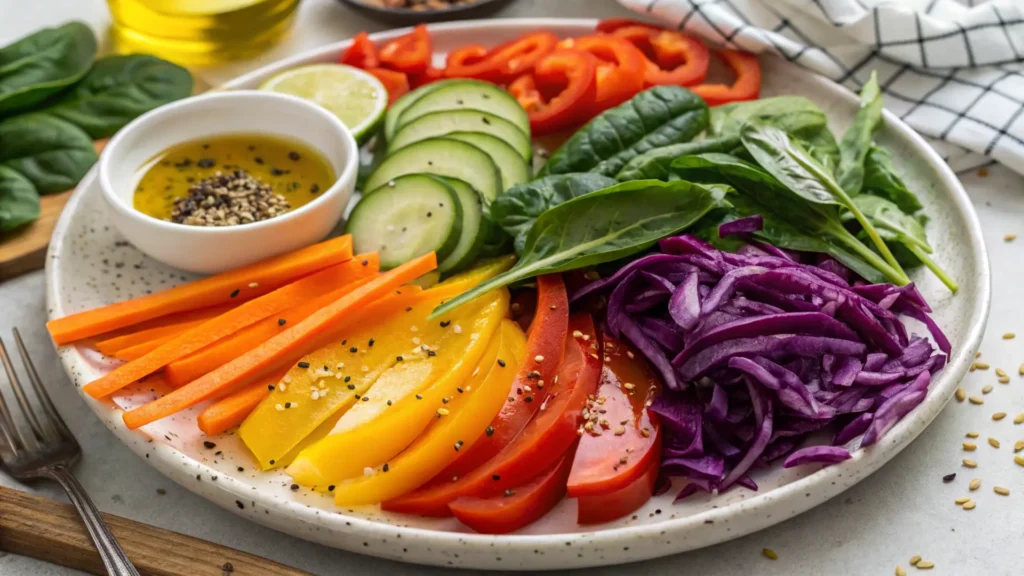
Tip 3: Control Portion Sizes for Better Digestion
Portion control might sound boring, but trust us—it makes a world of difference. Eating oversized portions can overwhelm your digestive system, leading to discomfort, bloating, and disrupted sleep. On the other hand, controlling portion sizes allows your body to process food efficiently, leaving you feeling lighter and more energized.
Here’s how to master this aspect of [tips for healthy dinner plates]:
- Use smaller plates to trick your brain into thinking you’re eating more.
- Fill half your plate with vegetables, a quarter with lean protein, and the remaining quarter with whole grains.
- Listen to your hunger cues. Stop eating when you’re comfortably full, not stuffed.
This approach works wonders for weight management seekers and those aiming to maintain a healthy lifestyle. It’s all about quality over quantity!
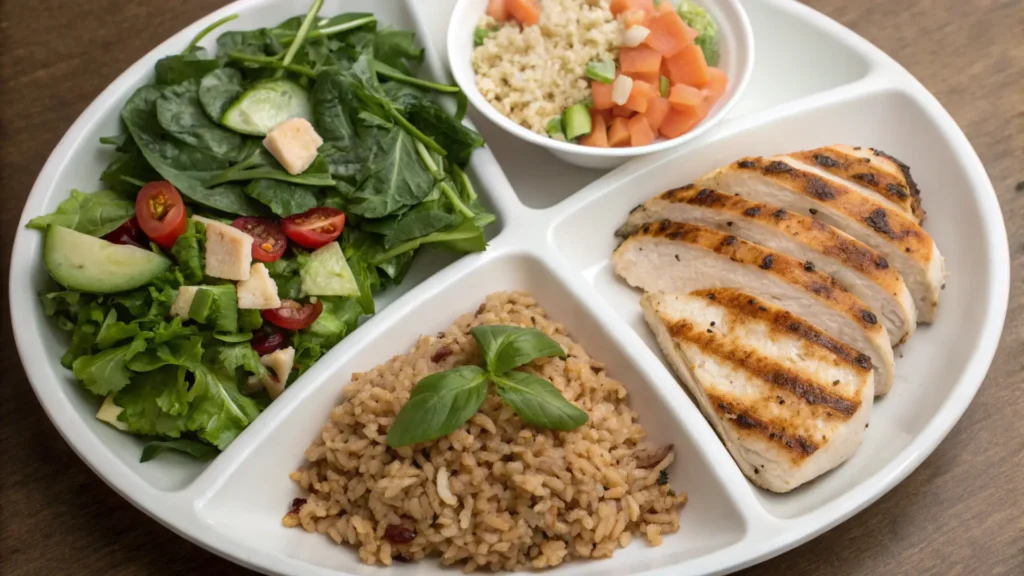
Tip 4: Choose Whole Grains Over Refined Carbs
Refined carbs like white bread, pastries, and sugary cereals may taste good, but they don’t do much for your body. They spike blood sugar levels quickly, leaving you crashing shortly afterward. Instead, opt for whole grains, which release energy slowly and steadily—a must-have for anyone seeking lasting vitality.
Some fantastic whole grain options include:
- Quinoa
- Brown rice
- Oats
- Barley
- Whole wheat pasta
Swapping refined carbs for whole grains is one of the simplest yet most impactful [tips for healthy dinner plates]. Try swapping white rice for cauliflower rice or using whole wheat wraps instead of regular ones. Small swaps = big benefits!
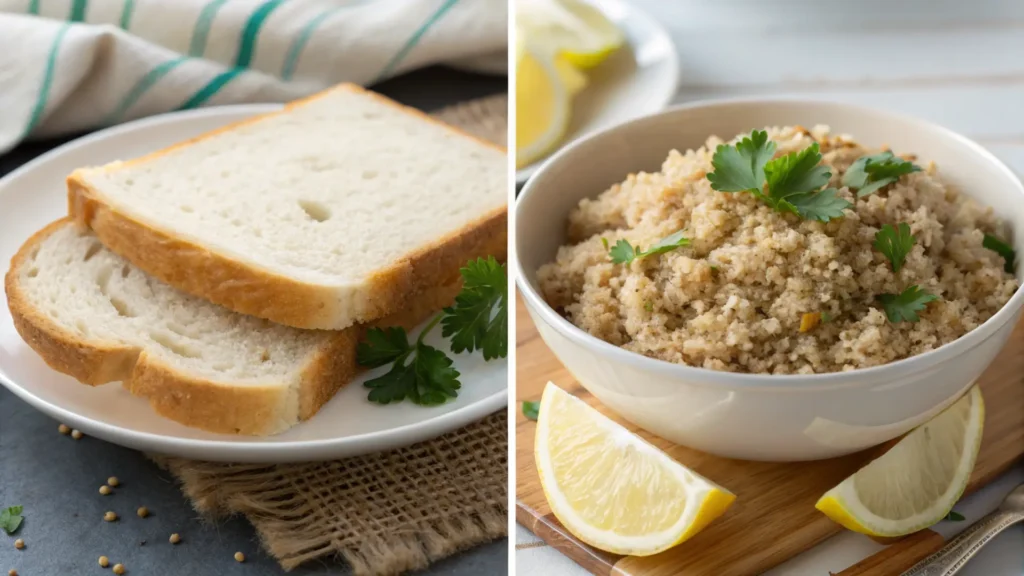
Tip 5: Include Lean Protein for Sustained Energy
Protein is often called the “building block” of life, and for good reason. It supports muscle growth, repairs tissues, and keeps you feeling satisfied longer. Including lean protein in your dinner is a game-changer, especially if you’re active or trying to manage your weight.
Some lean protein options to consider:
- Chicken breast
- Turkey slices
- Lentils and chickpeas
- Tofu or tempeh
- Low-fat dairy products
By incorporating lean protein, you’re ticking off another critical box in the list of [tips for healthy dinner plates]. Pair it with veggies and whole grains, and you’ve got a winning combo!
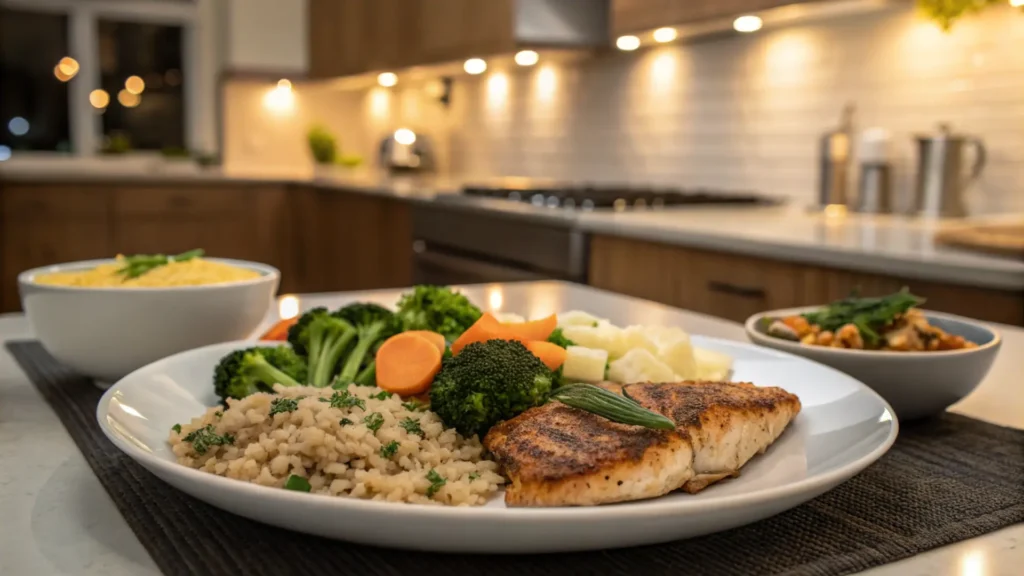
How to Implement These Tips Tonight
Ready to put these [tips for healthy dinner plates] into action? Here’s how you can start tonight:
- Plan ahead by prepping ingredients earlier in the day.
- Keep staples like frozen veggies, canned beans, and whole grains on hand for quick meals.
- Experiment with new recipes to keep things exciting.
Meal prep tools like grocery lists, apps, or weekly planners can simplify the process. Start small—choose one tip to focus on first, then gradually incorporate the others.
Common Challenges and How to Overcome Them
Let’s face it: sticking to healthy habits isn’t always easy. Time constraints, picky eaters, and budget concerns can make it challenging to follow [tips for healthy dinner plates]. But don’t worry—we’ve got solutions:
- Short on Time? Batch cook on weekends or use a slow cooker.
- Picky Eaters? Sneak veggies into sauces or casseroles.
- Tight Budget? Buy seasonal produce and bulk grains.
Every step counts, no matter how small!
Final Thoughts on Creating Healthy Dinner Plates
Creating [tips for healthy dinner plates] doesn’t have to be complicated. With a little planning and creativity, you can enjoy meals that fuel your body, boost your energy, and satisfy your taste buds. So why wait? Pick one tip from this guide and try it tonight—you’ll be amazed at the difference it makes.
FAQs
What makes a dinner plate healthy?
A healthy dinner plate includes balanced macronutrients, plenty of colorful veggies, controlled portions, whole grains, and lean protein.
Can I still enjoy dessert with a healthy dinner?
Absolutely! Just choose healthier options like fruit-based desserts or dark chocolate in moderation.
How do I meal prep for healthy dinners?
Cook large batches of proteins, grains, and veggies, then store them in containers for easy assembly during the week.
Ready to take your dinners to the next level? Start experimenting with these [tips for healthy dinner plates] today. Your body will thank you!

